

Finding high-quality, cost-effective China irregular parts can be challenging. This guide provides a comprehensive overview of sourcing strategies, quality control measures, and potential pitfalls to avoid, helping you navigate the complexities of the Chinese manufacturing landscape and secure the components you need for your project. We’ll cover everything from identifying reliable suppliers to ensuring consistent quality and timely delivery.
The term irregular parts encompasses components that deviate from standard specifications or are custom-designed for specific applications. This could include parts with unique shapes, sizes, materials, or functionalities not readily available from mainstream manufacturers. Sourcing these China irregular parts requires a more targeted approach compared to readily available standard components.
China boasts a vast manufacturing base capable of producing a wide range of China irregular parts at competitive prices. However, the sheer scale of the market also presents challenges in terms of identifying reliable suppliers and managing quality control. Understanding these nuances is crucial for successful sourcing.
Platforms like Alibaba and Global Sources offer extensive listings of Chinese manufacturers. However, careful vetting is essential. Look for suppliers with verified certifications, positive customer reviews, and transparent business practices. Request samples and thoroughly inspect them before placing large orders. Remember to always check for the supplier's business license. Contacting Hebei Muyi Import&Export Trading Co.,Ltd could offer valuable insight.
Attending trade shows in China (or related international events) provides opportunities to network with manufacturers, inspect samples firsthand, and establish direct relationships. This method fosters stronger communication and builds trust, leading to more reliable partnerships for your China irregular parts needs. Direct contact allows for customized solutions and flexible negotiations.
Working with sourcing agents or consultants specializing in the Chinese market can streamline the process. They possess valuable industry knowledge, relationships with established suppliers, and expertise in navigating the complexities of Chinese manufacturing, helping you source your China irregular parts effectively and efficiently.
Implementing robust quality control (QC) is paramount. This includes thorough inspections at various stages of production – from raw materials to finished goods. Consider using independent third-party inspection services to ensure unbiased assessments. Clear quality standards and detailed specifications must be provided to the supplier upfront. Defining clear acceptance criteria for your China irregular parts is equally crucial.
Potential risks include delays, quality issues, intellectual property theft, and payment disputes. Thorough due diligence, clear contracts, and escrow services can mitigate these risks. Maintaining open communication with suppliers and having contingency plans are essential strategies for successfully managing your China irregular parts supply chain.
Effective negotiation involves a balance of creating strong relationships with suppliers while securing favorable pricing and terms. Understanding market rates, lead times, and payment options is crucial for a successful negotiation. Remember that building lasting relationships is more valuable in the long run.
Formal contracts that clearly define specifications, delivery timelines, payment terms, and dispute resolution mechanisms are crucial for both parties’ protection. Engaging legal counsel to review contracts before signing can avoid potential issues in the future. Clear and accurate documentation protects your investment in your China irregular parts.
Sourcing reliable China irregular parts requires a strategic and multifaceted approach. By carefully selecting suppliers, implementing robust quality control measures, and managing potential risks effectively, businesses can secure high-quality components at competitive prices, ensuring project success and long-term sustainability. Remember to utilize all available resources and consider leveraging the expertise of specialists to navigate the complexities of the Chinese market.
| Quality Control Method | Pros | Cons |
|---|---|---|
| Third-party Inspection | Objective assessment, unbiased results | Higher cost, potential delays |
| On-site Inspection | Direct observation, immediate feedback | Requires travel, time-consuming |
| Sample Inspection | Cost-effective initial assessment | May not represent entire batch |
Note: This information is for guidance purposes only. Specific procedures may vary depending on individual circumstances and should always be tailored to your particular project needs.

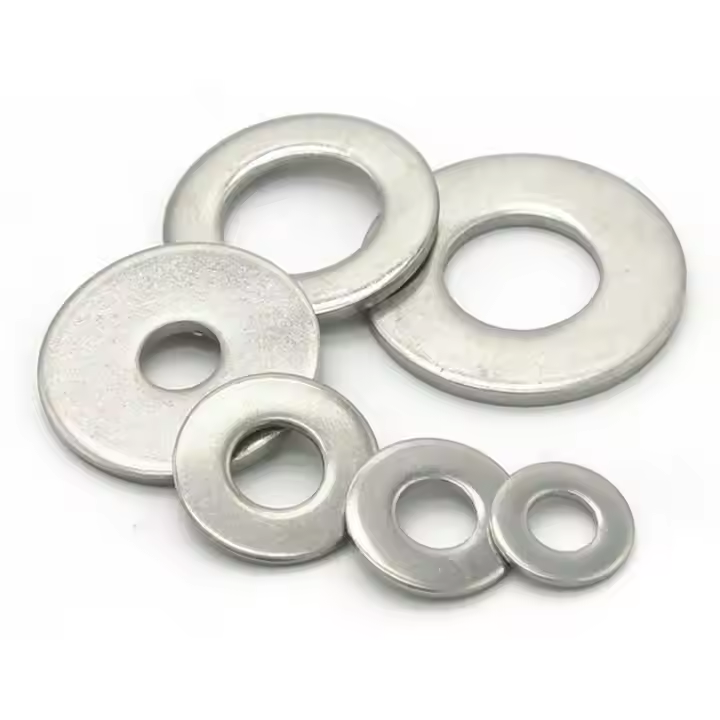

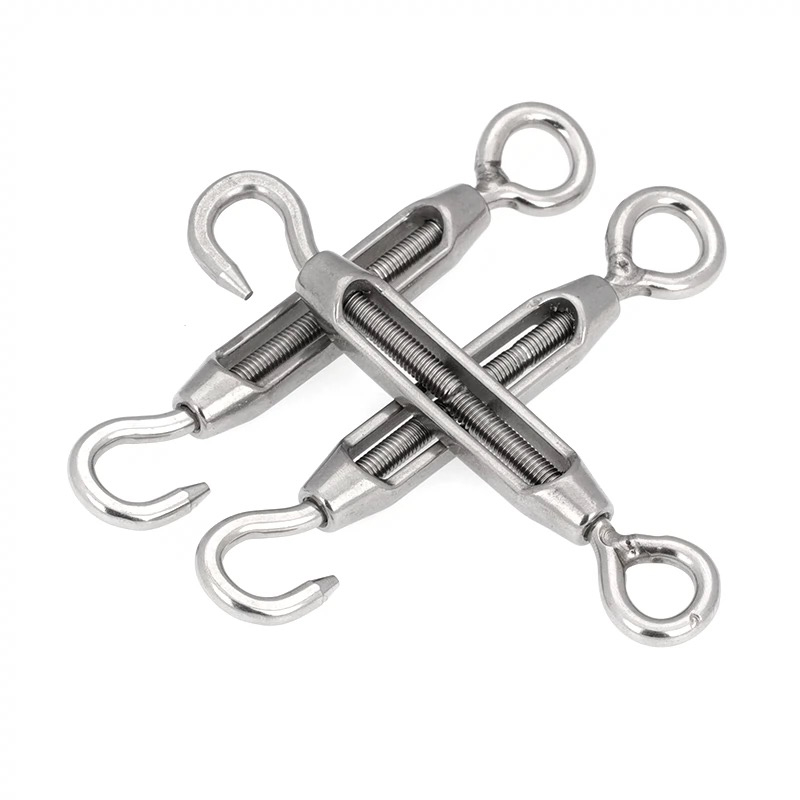
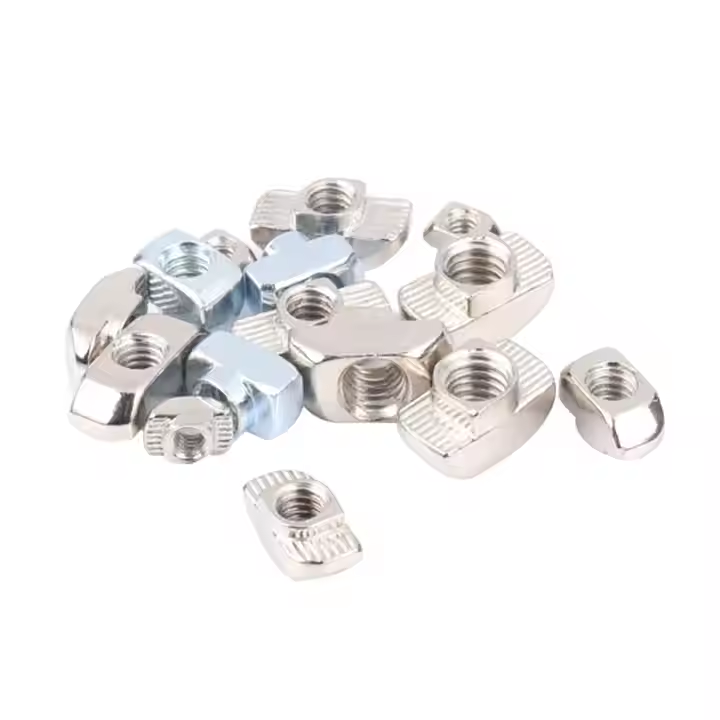

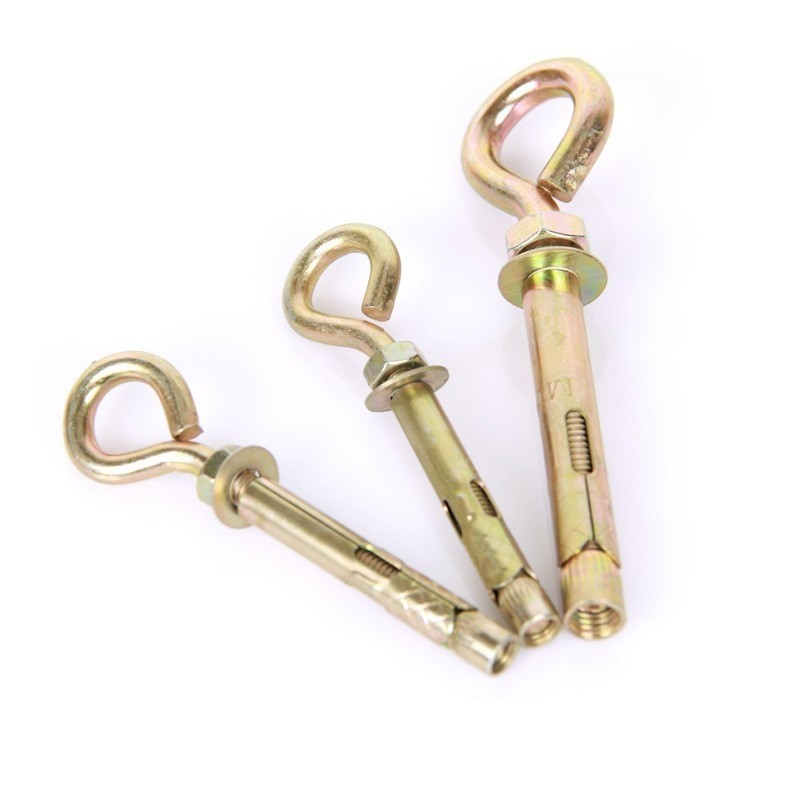

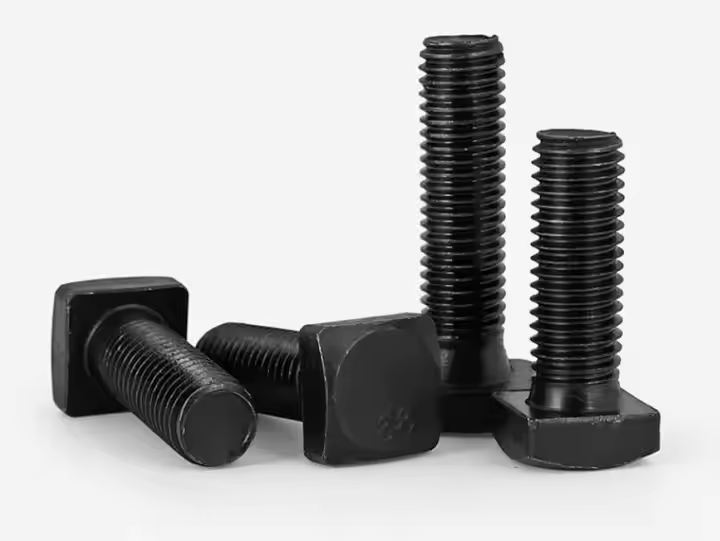

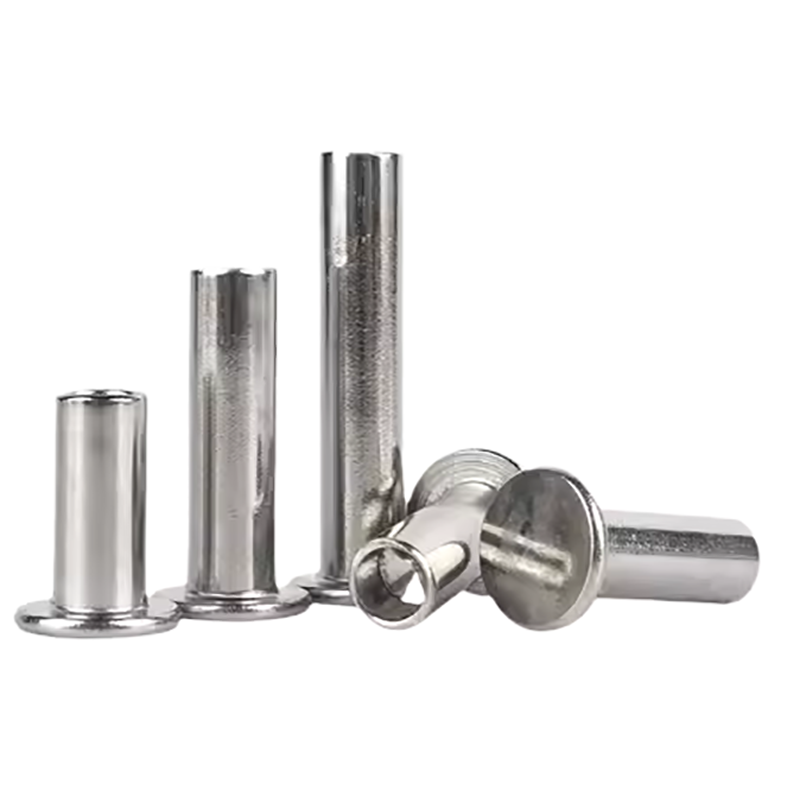
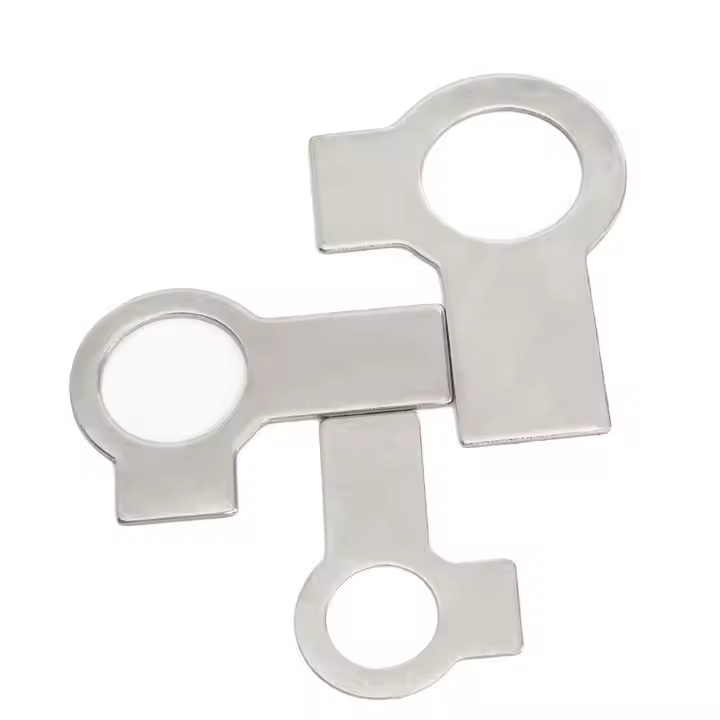
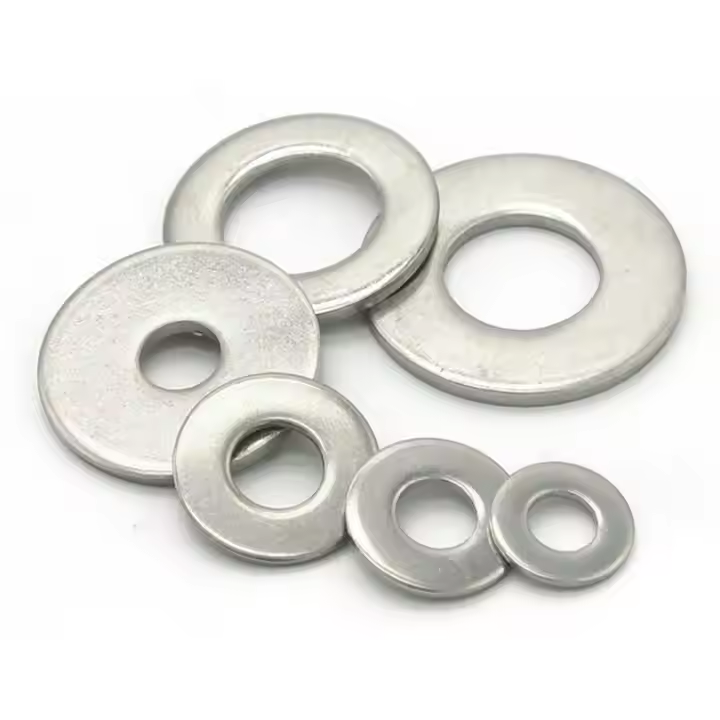
Please enter your email address and we will reply to your email.